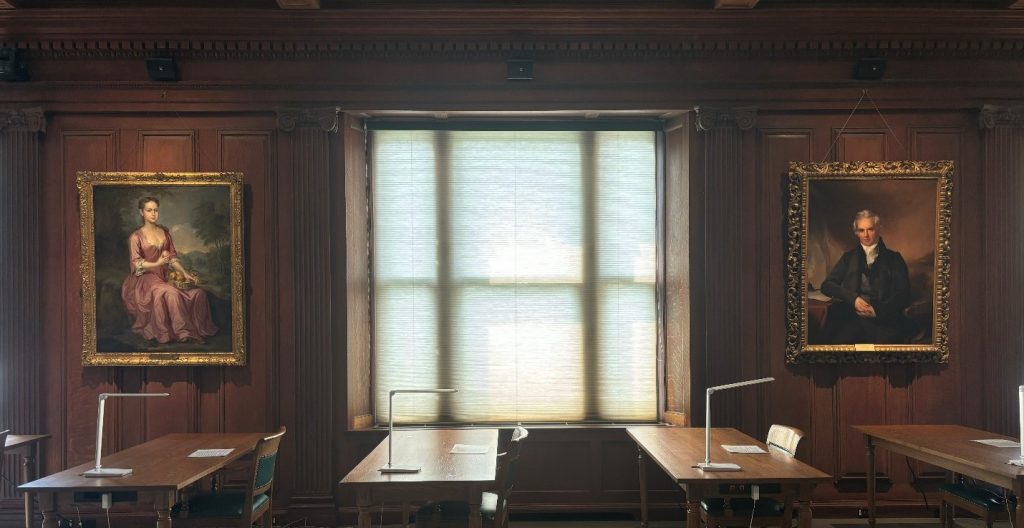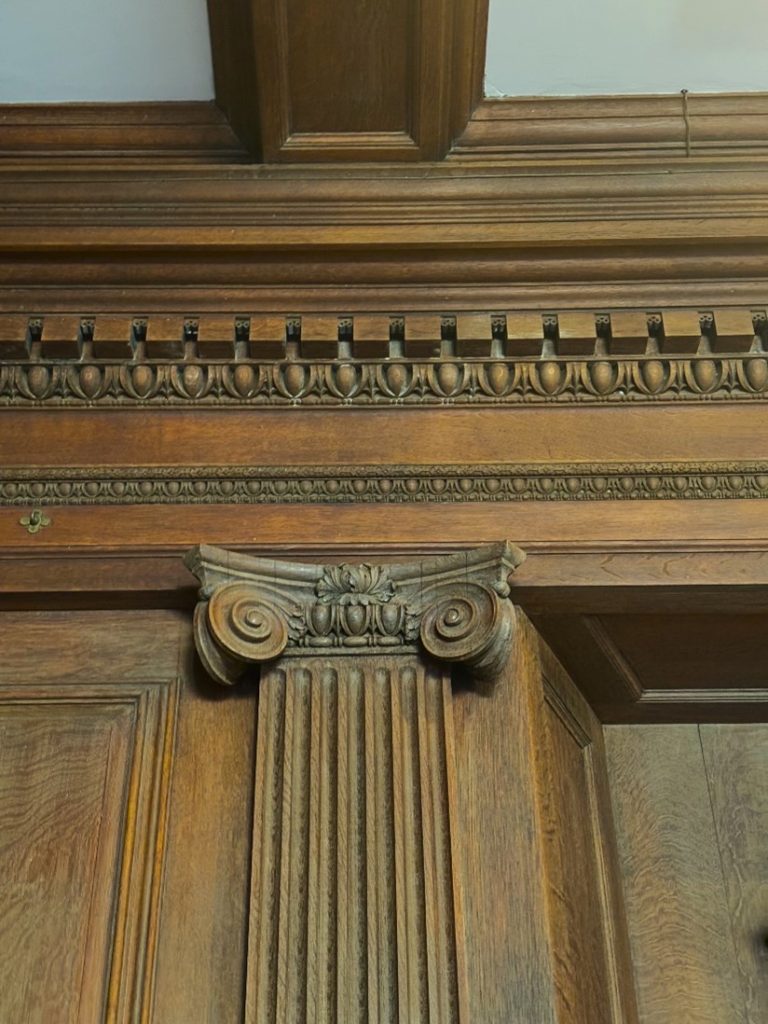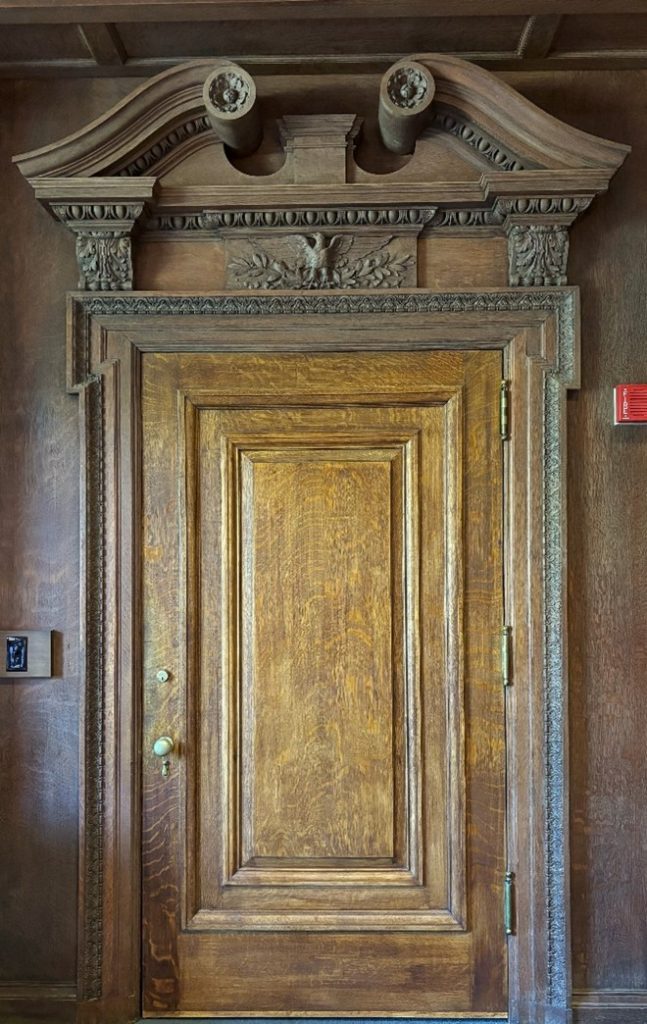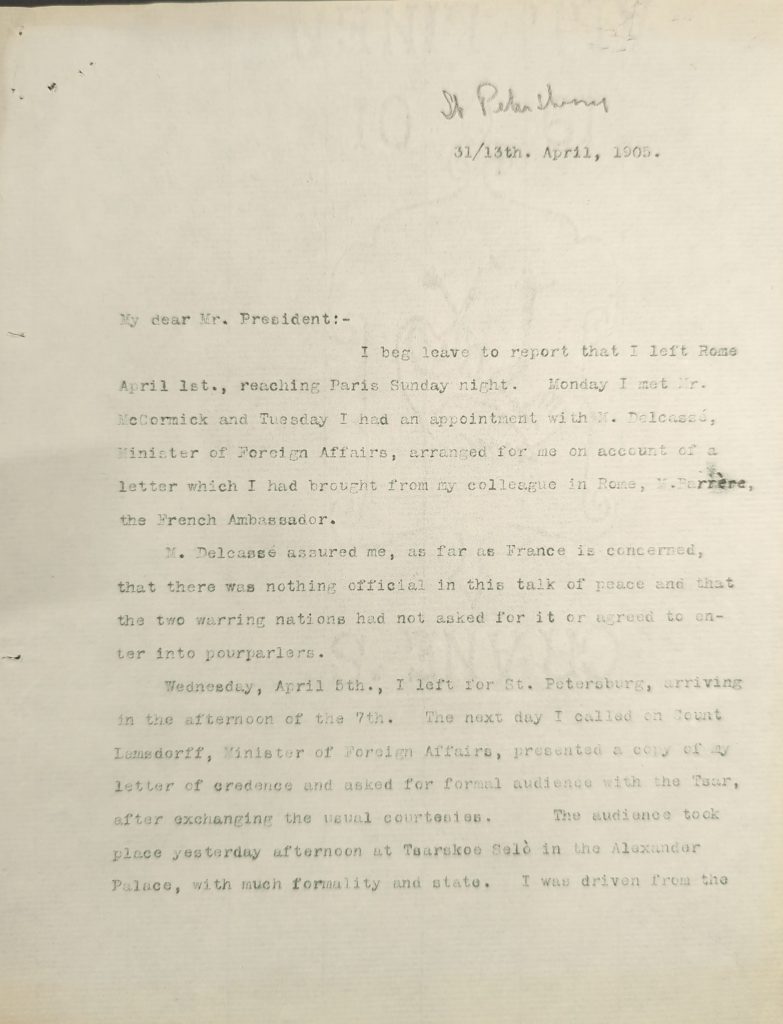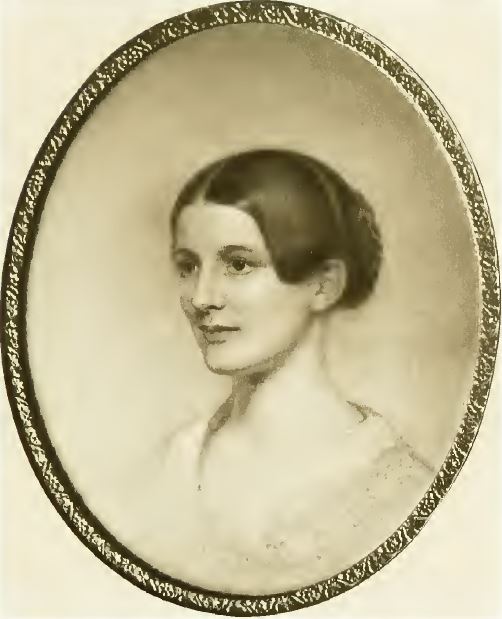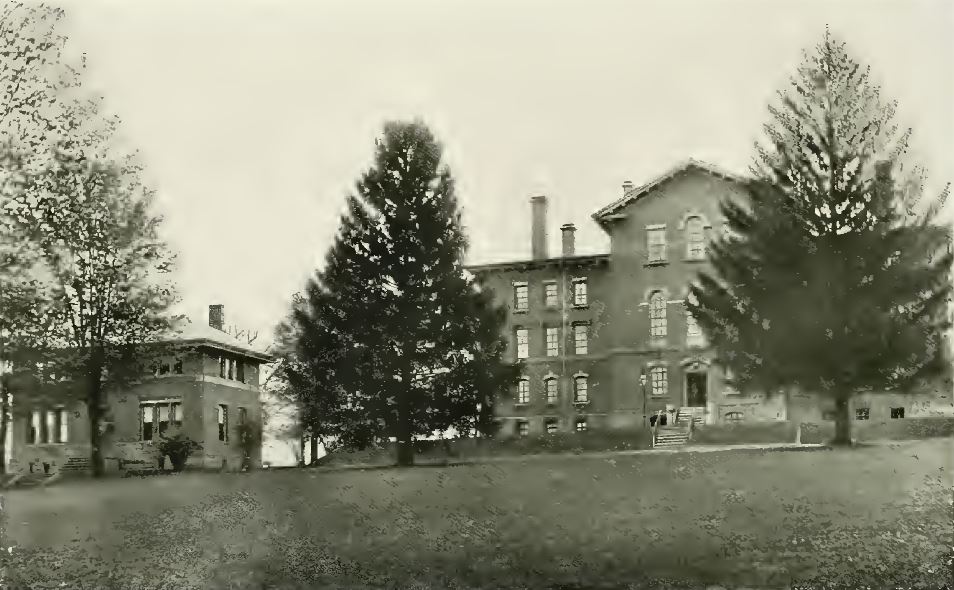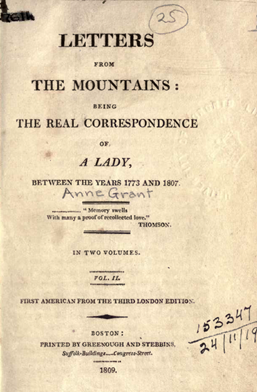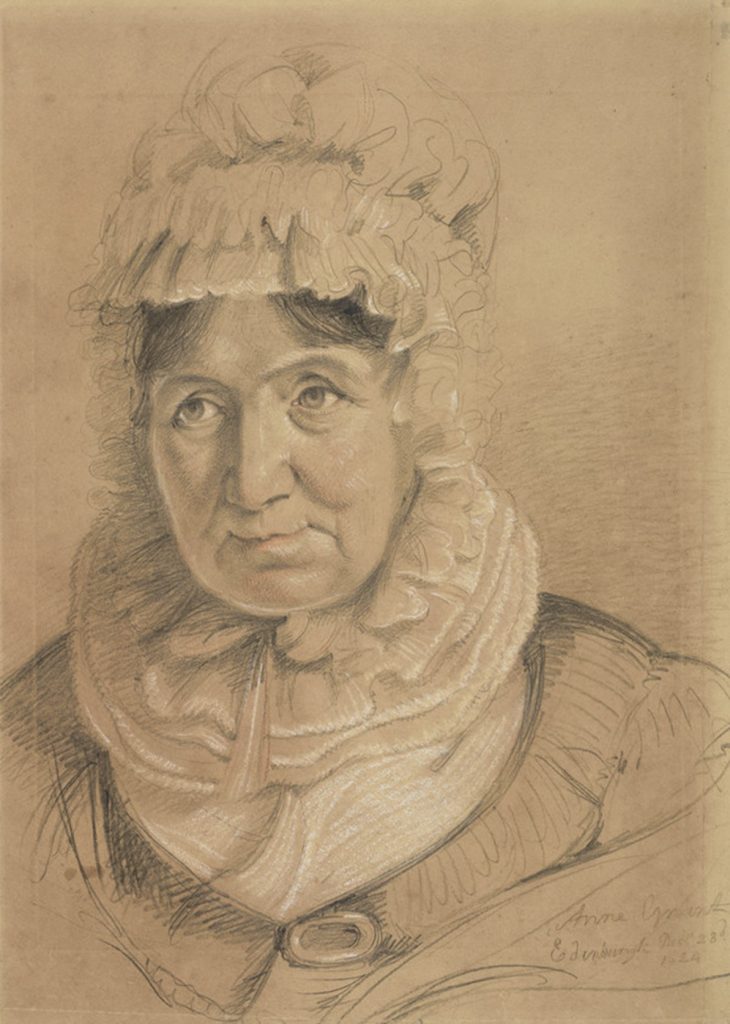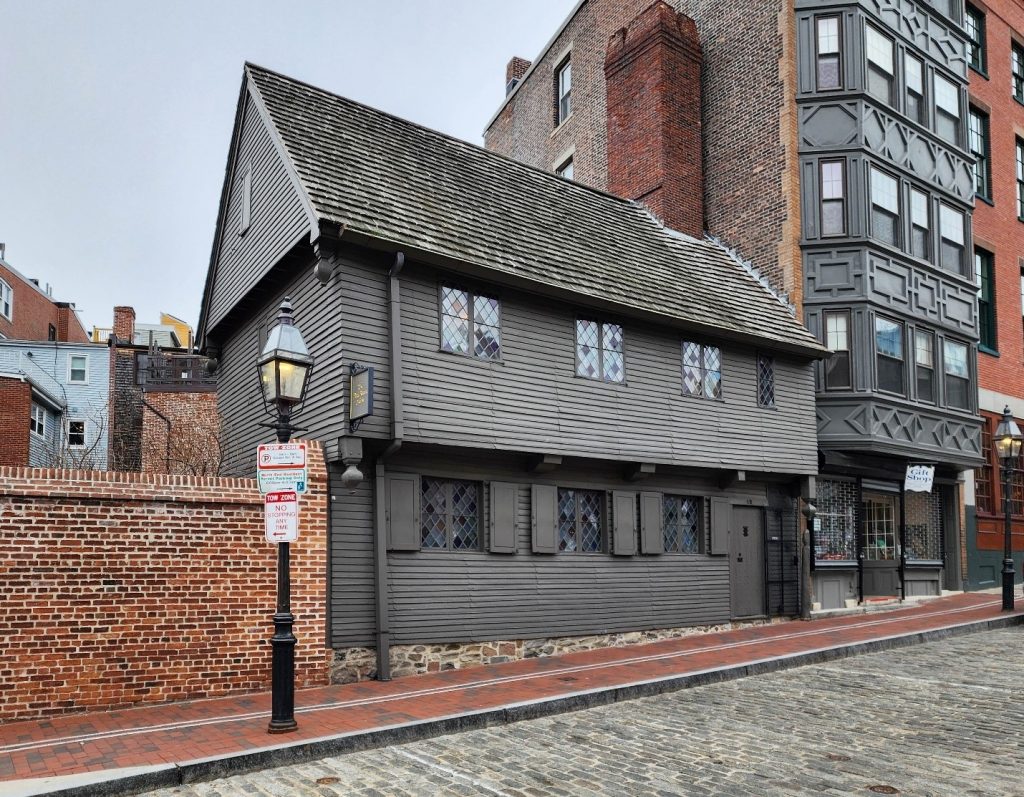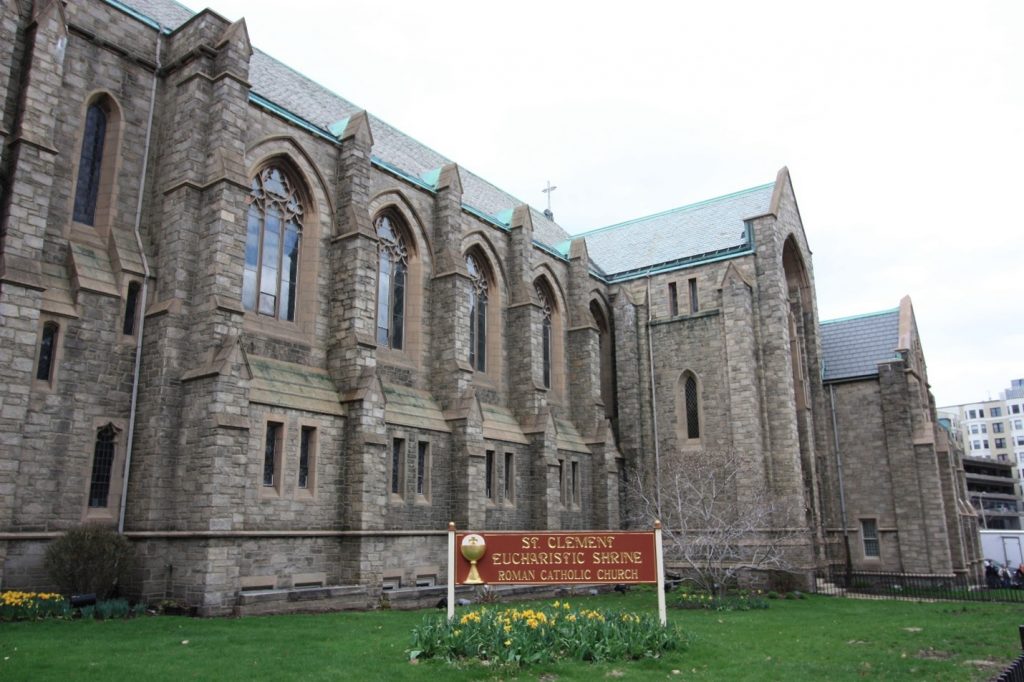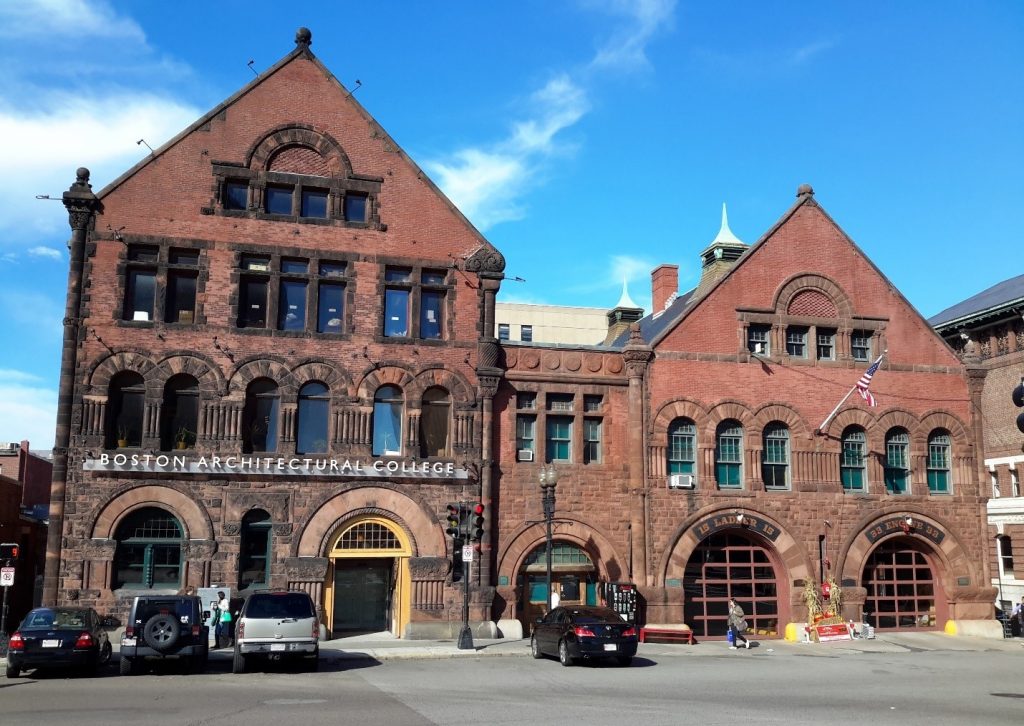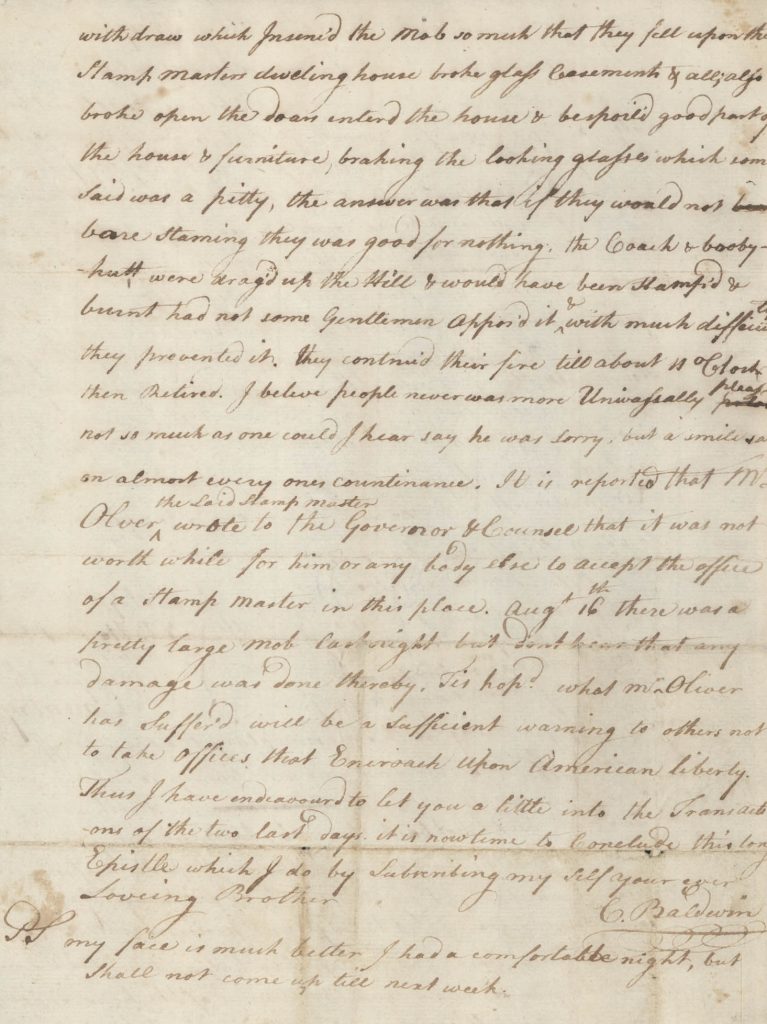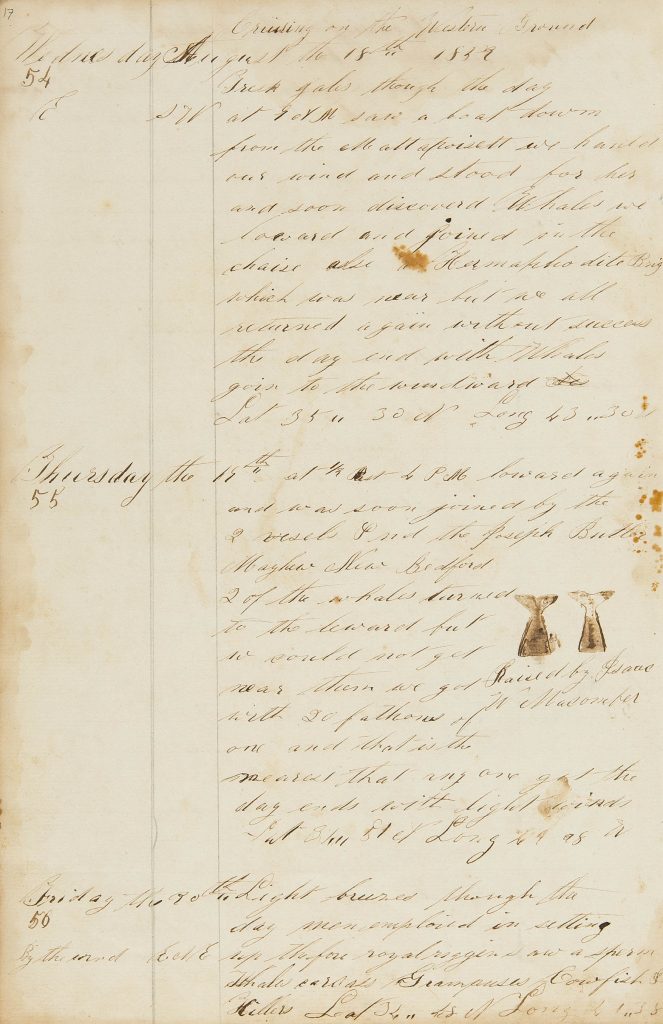by Meg Szydlik, Visitor Services Coordinator
For my last blog post, I wrote about Gerry E. Studds, a Congressman from the Massachusetts 10th District and the first openly gay man in Congress. Pride Month is over, but Studds had far more to him than being gay. In this blog, I want to highlight his work in Congress to protect the environment. As the representative for much of Cape Cod, he was particularly protective of the oceans and the fishing industry in which many of his constituents made their living. The work he did for the environment has far-reaching consequences that still exist today.
As the representative for the Cape Cod area, his commitment to environmental causes was the focus of his career in Congress. He was originally on the Merchant Marine and Fisheries Committee until it was eliminated, a move he strongly opposed. He was appointed as the ranking Democrat on the Fisheries, Wildlife, and Oceans Subcommittee and was also on the Natural Resources Committee, which included oversight of the National Parks Service. As part of those committees, he lobbied for the inclusion of the Boston Harbor Islands in the National Park System, a dream that eventually became reality. He also protected Massachusetts’ land and waters by opposing cuts to funding for environmental cleanup and Superfund sites. At every opportunity, he acted to protect the shores of Massachusetts and the fishing industry in the interests of his constituents.
![booklet with yellow borders and a picture of two people on a bench looking out onto the water with “Boston Harbor Island” written in yellow on the top right of the picture. In the bottom right corner of the booklet, it reads “10 years of progress/Laying a solid foundation” in white.]](https://www.masshist.org/beehiveblog/wp-content/uploads/2024/08/BostonHarborIslands-768x1024.jpg)
His care was not limited to environmental concerns that directly impacted Massachusetts, however. He championed laws like the Wild Bird Conservation Act of 1992, the International Dolphin Conservation Act of 1992, the Marine Mammal Protection Act, and the High Seas Driftnet Fisheries Enforcement Act. For a complete list of his sponsored legislation, see the US Congressional website. He protected striped bass, opposed drilling for oil in the North Atlantic, supported wildlife refuges, and advocated to hold companies responsible for oil spills and pollution that they caused. He supported making environmental laws funded, rather than unfunded, mandates to help communities dealing with issues like clean water and pollution. He also consistently tied environmental concerns to concerns for people, supporting their financial well-being by protecting industries like fishing and tourism, and their physical health by fighting against pollution and the eradication of plant species that might lead to key health discoveries. This holistic view helped him maintain a position that was not always popular in the pro-business atmosphere of politics during that period.
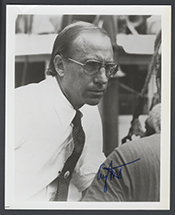
Gerry Studds was a representative who was able to hang onto his seat through a censure and redistricting (from the 12th District to the 10th, if anyone was curious) in large part because he was fighting for the things that his constituents cared most about: their homes. It is hard to imagine what Cape Cod might look like if Studds had not fought so vigorously to protect its beautiful shoreline and the water that surrounds it. In protecting the environment, Studds protected the people and for that they sent him to Congress for 14 years until he himself chose not to run again. To honor his work, explore a natural resource gem near you like the ones he fought so hard to defend.


